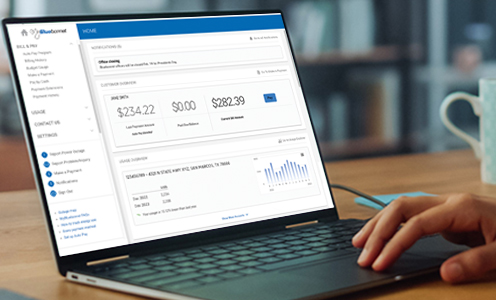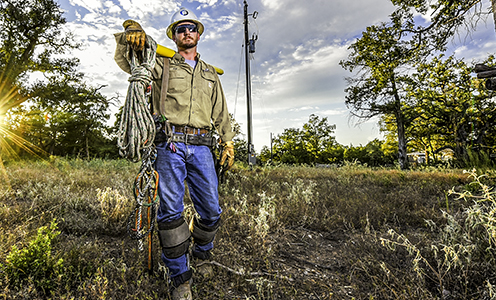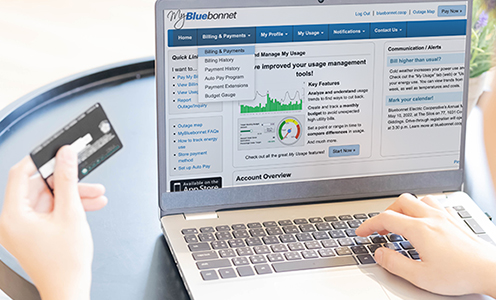What is PCRF?
Bluebonnet is a distribution cooperative, which means it purchases power wholesale from another entity, then distributes that power to its members. Bluebonnet buys the bulk of its power from the Lower Colorado River Authority (LCRA). The Power Cost Recovery Factor (PCRF) is the part of your electric bill that directly reflects the fluctuating cost of generating power.
Whenever you see the PCRF charge go up or down, it means Bluebonnet is modifying it in order to purchase the power needed to provide electricity to all of its members.
How does it affect my bill?
Part of Bluebonnet's rate is used to recover a set amount of its power cost, or electric generation. As the cost of purchasing power rises above that set amount, Bluebonnet adjusts the PCRF in order to recover the additional cost. So, our rate doesn't change — the PCRF does.
It's much like the cost of your car — your monthly car payment stays the same, but as gasoline prices at the pump change, so does the cost to use your car.
The main advantage to having a PCRF that's responsive to fuel prices is that whenever fuel costs fall, Bluebonnet members aren't stuck with a higher PCRF because it falls, too.
When does the rate change?
There are two components to your electric rate: the cost to purchase wholesale power and the cost to distribute power. The distribution rate rarely changes; it typically remains the same for several years. The PCRF is the variable portion of wholesale power costs and changes as needed based on factors in the wholesale market, including, but not limited to, increases or decreases in the cost of natural gas, which is the fuel that generates the majority of electricity in Texas. Bluebonnet monitors the wholesale power market on a daily, weekly, monthly and yearly basis and adjusts the PCRF as needed based on market conditions.




